Do Snails Really Eat Fish Poop?
If you’ve ever stood by your aquarium, watching the bustling life inside, you might have pondered: Do snails really eat fish poop? The short answer is a surprising no. Let's dive into the nuances of snail behavior in freshwater ecosystems and dispel some common myths about our shelled companions.
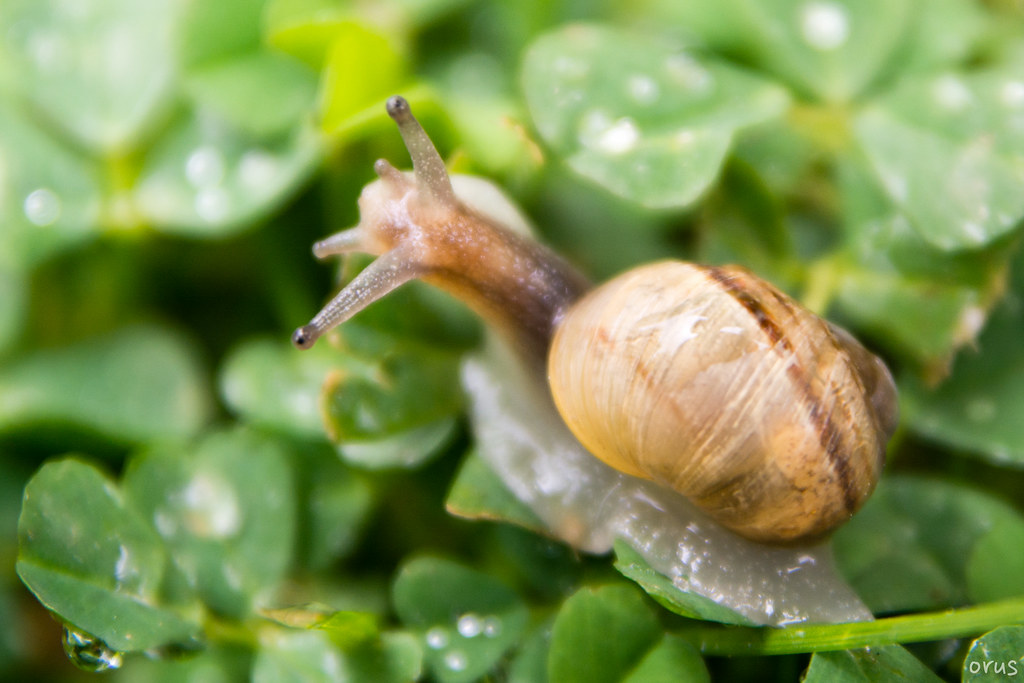
The Truth Behind Snails and Fish Poop
There's a widespread misconception among aquarium enthusiasts that snails eat fish waste. While it might solve some cleaning woes if true, snails generally steer clear of fish poop. Their dietary habits lean towards more nutritious fare like algae, vegetables, and uneaten fish food. Think of them as gentle custodians keeping the aquarium tidy but not waste disposals for fish poop.
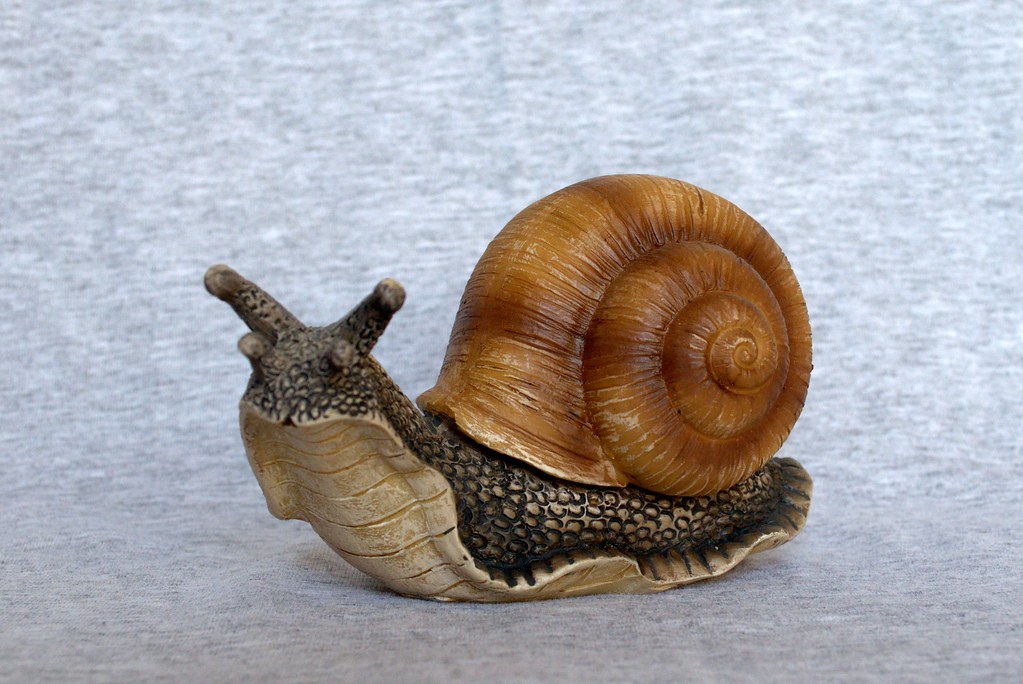
What Snails Actually Eat
Snails are diverse eaters who appreciate a range of food types. Here’s a quick rundown of their typical diet:
- Algae Wafers and Vegetables: Snails enjoy munching on algae wafers and plant-based foods like blanched zucchini and cucumbers. These tasty snacks provide essential nutrients for their growth.
- Scavenging Habits: Though they’re skilled scavengers, snails prefer dead plant matter or leftover fish food over biowaste.
- Different Snail Types: While omnivorous or herbivorous snails munch happily on plants and algae, carnivorous snails such as Nassarius and assassin snails require some animal proteins in their diet.
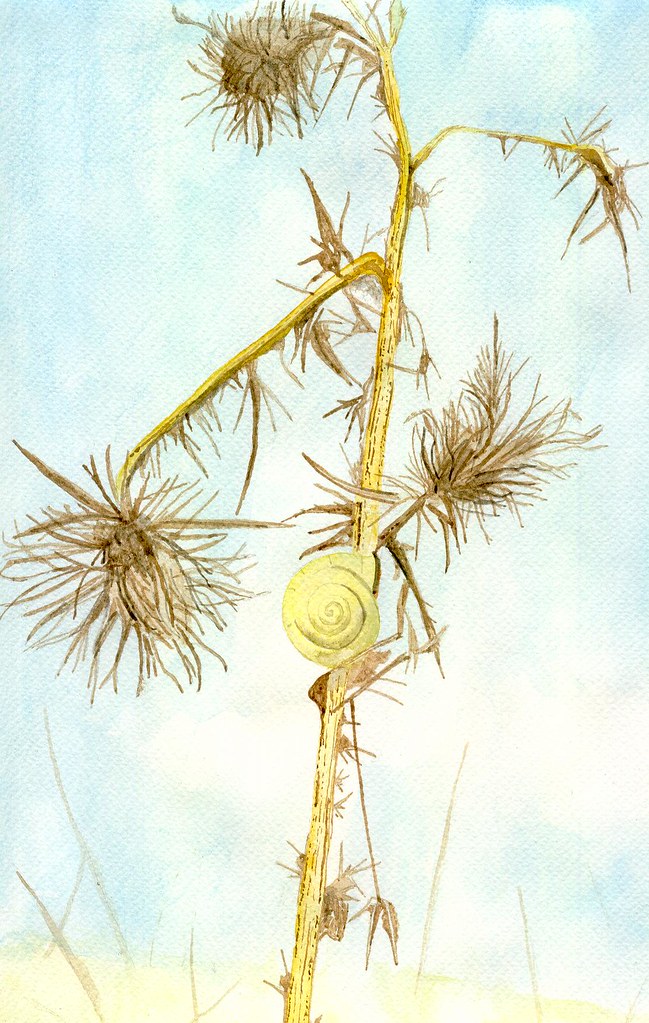
| Food Source | Preferred by Snails | Avoided by Snails |
|---|---|---|
| Algae | Yes | No |
| Vegetables | Yes | No |
| Fish Poop | No | Yes |
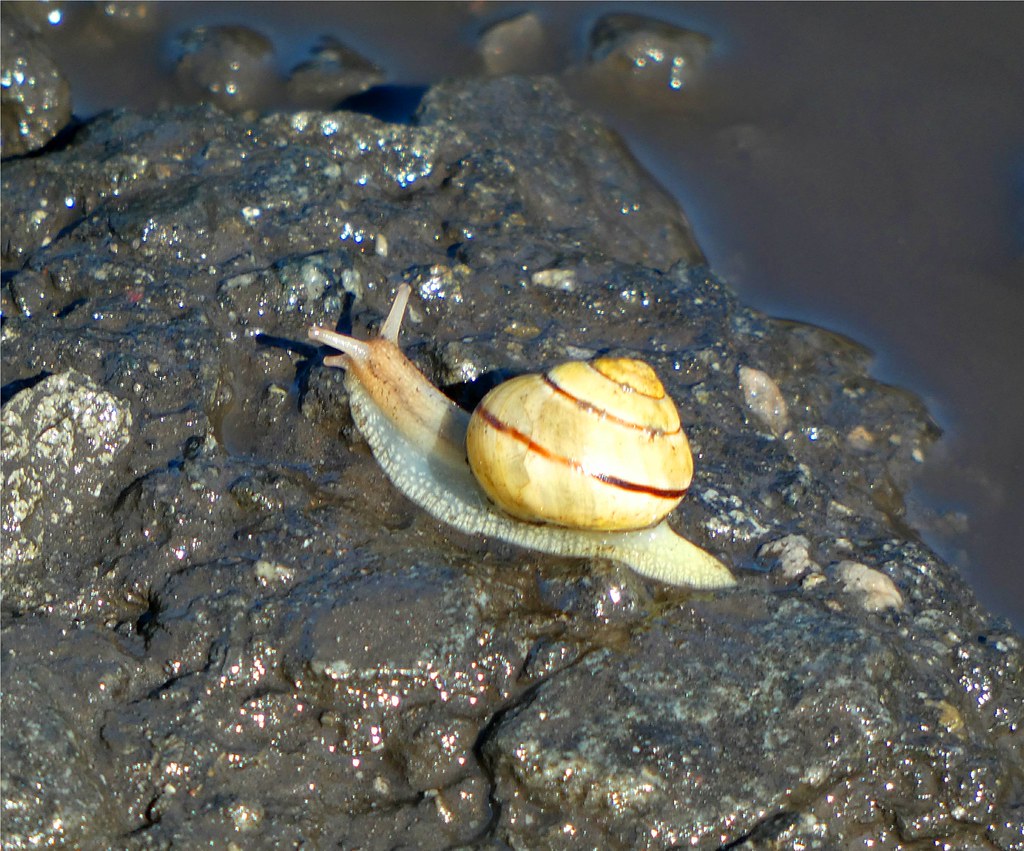
A Special Note on Malaysian Trumpet Snails
Interestingly, there is an exception: the Malaysian Trumpet Snails (MTS). These snails contribute to substrate health by aerating it while ingesting waste along with detritus. But let's be clear—they can't single-handedly keep your tank clean.
For a deeper understanding of snail species and their behaviors, you can explore this comprehensive guide on snails.
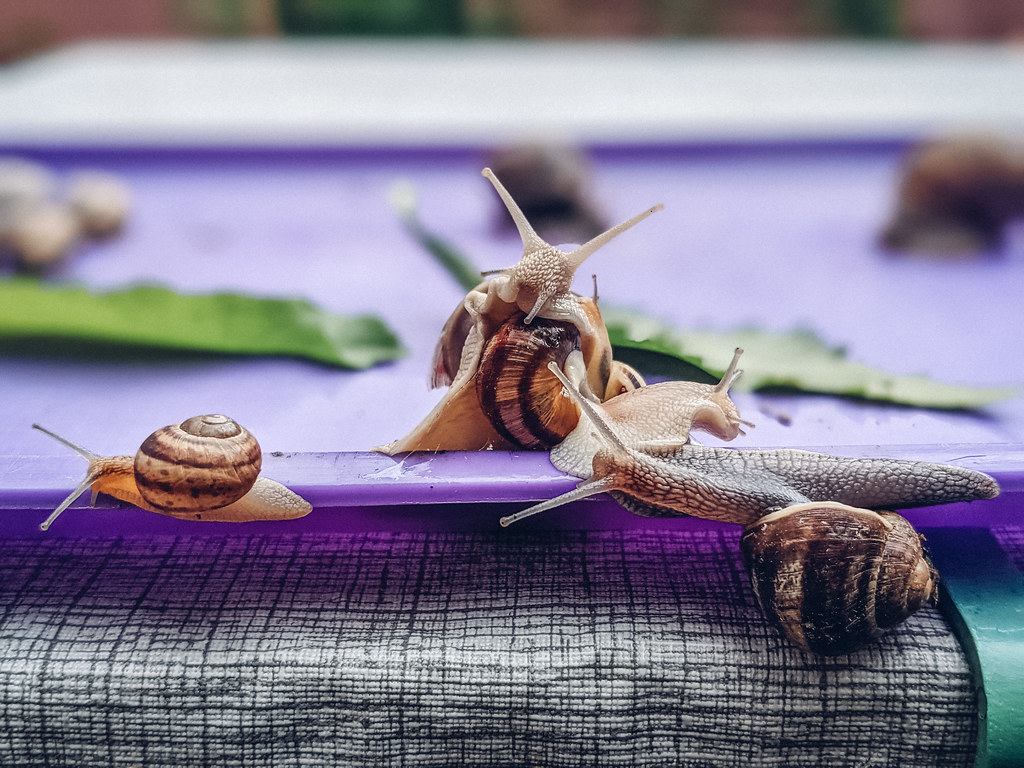
Effective Tank Maintenance Tips
To maintain a thriving aquarium environment, follow these smart practices:
- Avoid Overfeeding: Excess food contributes to waste accumulation. Feed fish sparingly to prevent leftovers that could spoil the water quality.
- Provide a Balanced Diet for Snails: Ensure your snails get a varied diet with both plant and animal nutrients, depending on their species.
- Regular Cleaning: Snails are helpful, but they're not a substitute for regular tank cleaning.
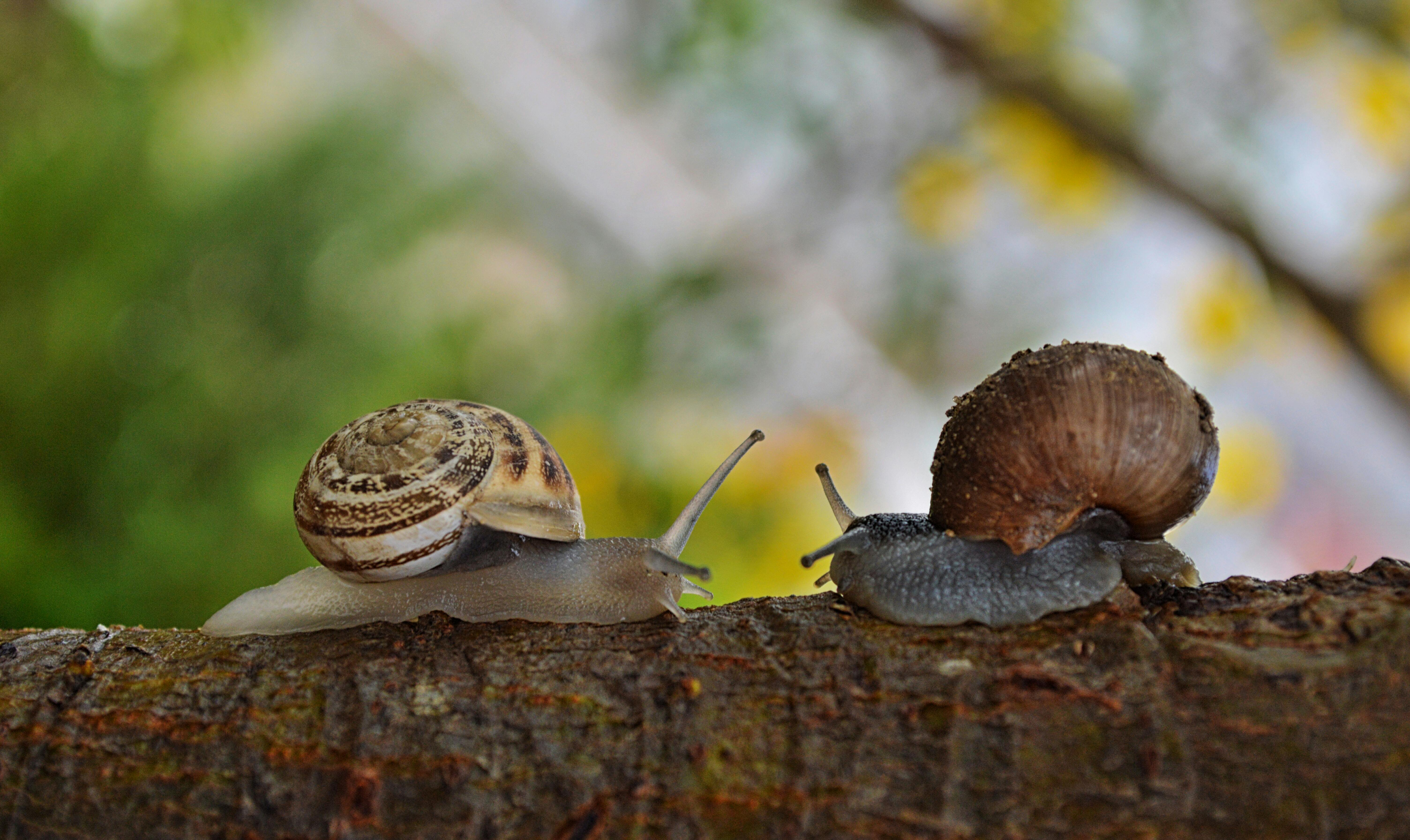
For aquarium novices, understanding the specific dietary needs of your aquatic pets is crucial. Just as reading a recipe before cooking ensures your dish turns out right, getting the knowledge on snail diets ensures your pets are fed correctly.
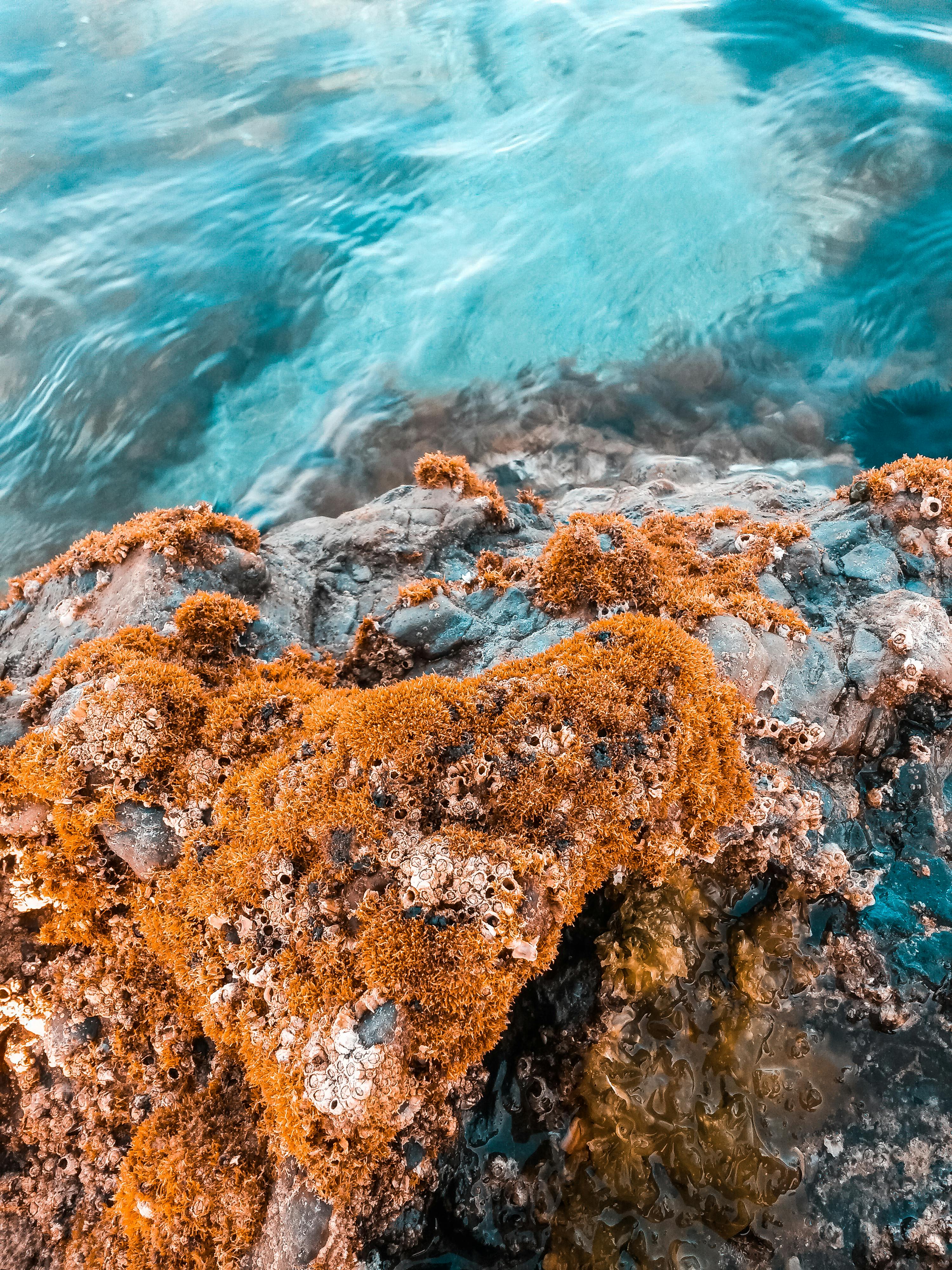
So, what interesting discoveries have you made in maintaining your aquarium? Share your stories and tips in the comments below, and let’s learn together!

Frequently Asked Questions
Do snails eat fish poop?
No, snails do not eat fish poop. While snails may consume decaying plant matter and leftover food, they do not feed on fish waste. It's essential to remove uneaten food to prevent water quality issues in your tank.
What eats fish waste in an aquarium?
Fish waste is primarily broken down by beneficial bacteria in the aquarium. However, bottom-dwelling creatures like corydoras, kuhli loaches, and snails help mix waste into the substrate, aiding the decomposition process.
How can I reduce fish waste in my aquarium?
To minimize fish waste, avoid overfeeding, perform regular water changes, and use a good filtration system. Adding live plants can also help as they utilize nutrients from waste in the water.
Do snails help clean aquariums?
Yes, snails assist in cleaning aquariums by eating algae and decaying plant material. However, they do not consume fish poop, so regular maintenance is still required to keep the tank clean.
What are common misconceptions about aquarium snails?
A common misconception is that snails eat fish poop. In reality, they only eat algae, decaying plants, and uneaten food. They can be valuable members of a cleanup crew but won't replace regular tank maintenance.
As you embark on your next journey into the intricate world of aquariums and shelled wonders, remember that even the smallest creatures have stories to tell. If you're curious about other quirky behaviors or want to enrich your aquascaping skills, we’d love for you to join our little online community and continue the conversation. You can dive into visual inspiration on our Pinterest, where our boards overflow with tips and ideas. For sneak peeks into our latest adventures and behind-the-scenes glimpses, follow us on Instagram. Stay in the loop with our quick updates and fun facts on X (formerly Twitter), or join the dialogue and share your own stories on Facebook. We're thrilled to connect with fellow enthusiasts and exchange stories about the wonders lurking beneath the water's surface. Happy exploring!
